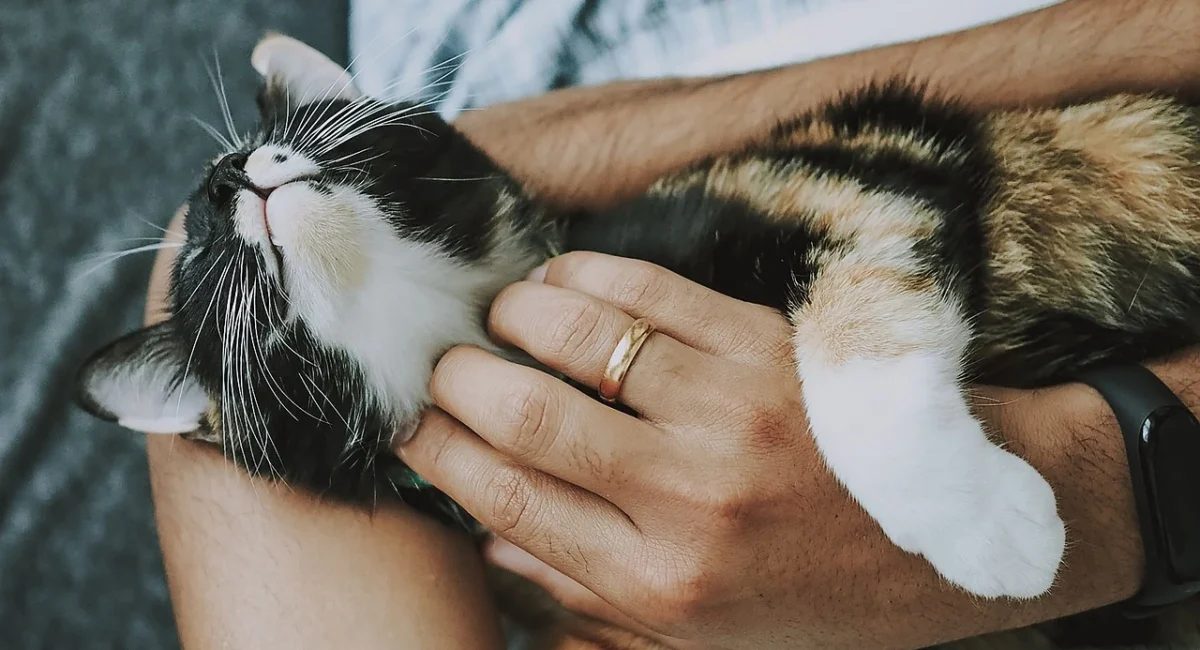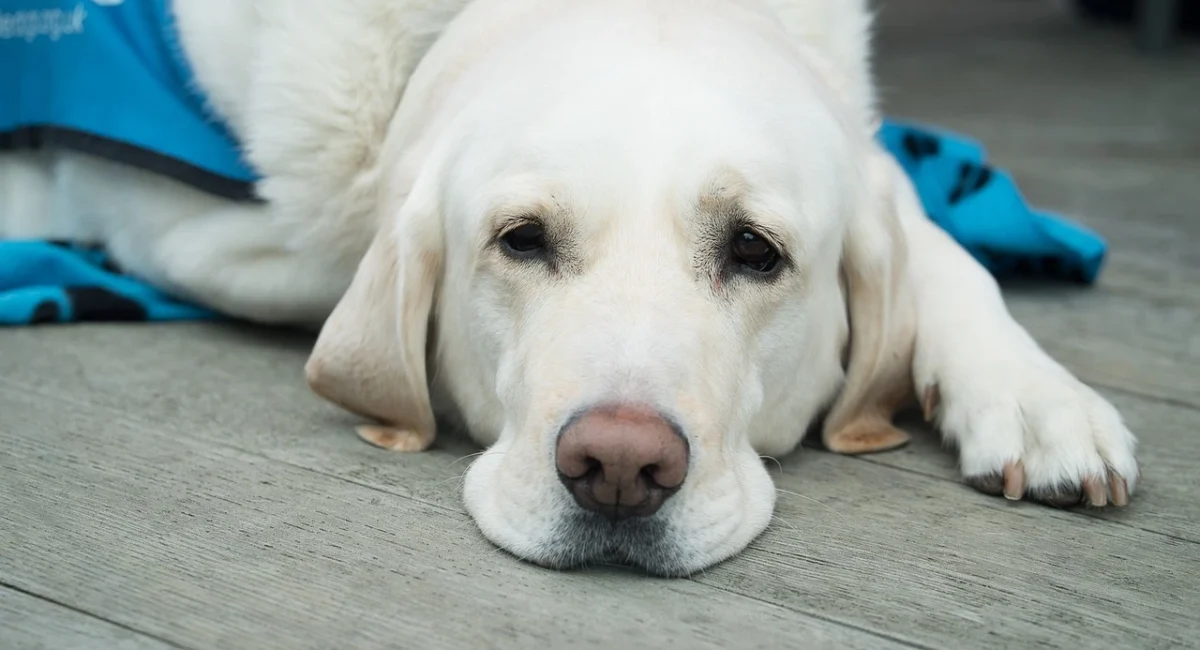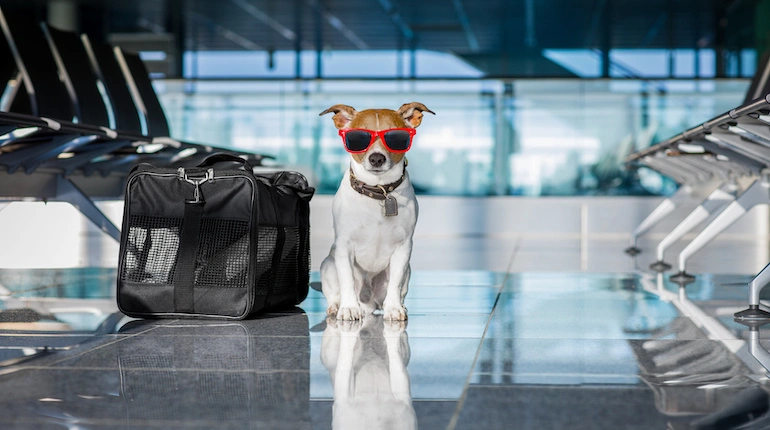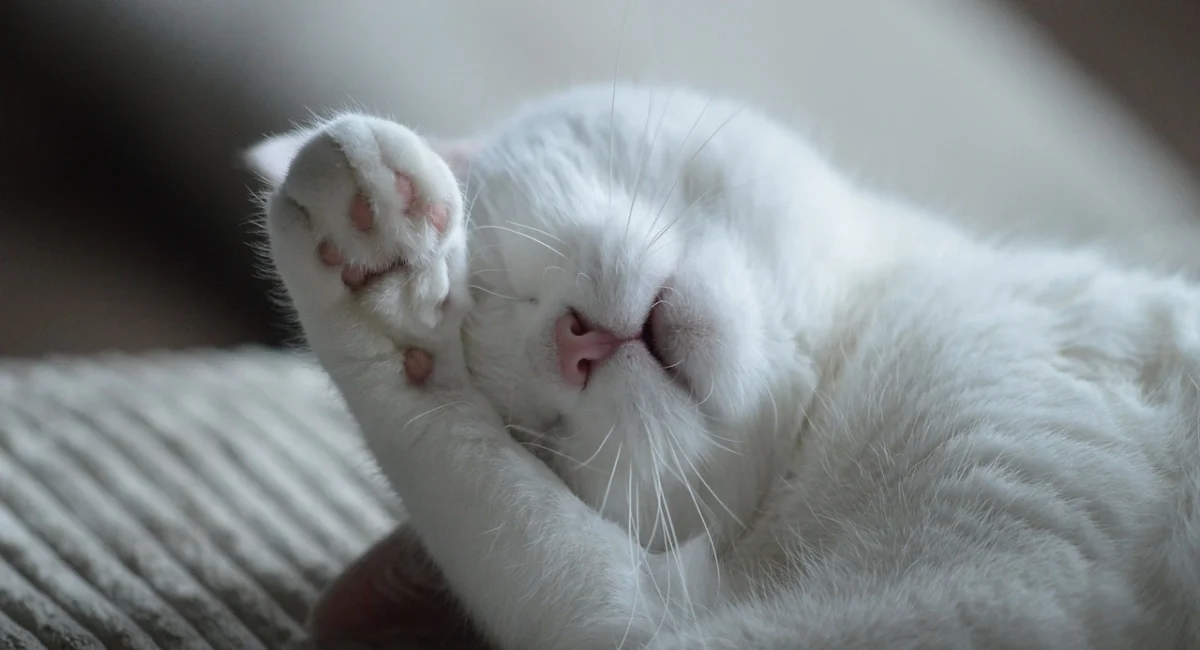Pet Hotels industry is a blooming industry. When it comes to organizing trips, pet owners frequently run into difficulties. There’s always the question: What should we do with our loving animal companions? Thankfully, there is a strong answer to this dilemma with the rise of Pet Hotels. This article will provide the guidance to the Pet Hotel industry and provide tips on how to plan a trip that is as pet-friendly as possible.
The Rise of Pet Hotels
The pet industry has expanded significantly in recent years, and there has been a rise in specialised services designed to cater to the demands of pet owners. The idea of pet hotels, sometimes referred to as pet resorts or pet boarding facilities, is one such innovation. These places provide a host of amenities aimed at guaranteeing the health, security, and pleasure of your pet during your absence.
What Are Pet Hotels?
For your animal companions, pet hotels offer a home away from home. For dogs, cats, and occasionally even exotic animals, they offer a secure, cosy, and stimulating habitat. Typical services provided by pet hotels include:
Feeding and Hydration
Certain dogs and cats need particular diets and medications. Pet hotels collaborate with pet owners to guarantee that their pets get the proper food and medication at mealtimes. Proper feeding and hydration for your pet are guaranteed by well-maintained pet motels.
Exercise and Playtime
The majority of pet hotels provide play areas where animals may run about, interact with people, and have fun. During exercise time, the staff keep a tight eye on the animals to make sure there are no fights, altercations, or injuries. Employees are aware of the warning signals of disease or distress in pets under their care and are constantly on the lookout for them. It is, after all, their job.
Pet Hotels provide dedicated times for your pet to exercise, so they never miss out on playing in the grass or cuddling up with their new best friend.
To ensure that your pet returns home feeling and looking their best, some offer grooming services. Veterinary care is available in many pet hotels in case of emergencies or health issues.
Making Your Vacation Pet Hotel-Friendly
While organising a trip or vacation might be thrilling, pet owners who are worried about leaving their furry friends behind may find it to be an intimidating undertaking. Fortunately, the idea of “pet hotel friendly” has surfaced to allay these worries. “Pet hotel friendly” describes the behaviours and arrangements pet owners make to guarantee their animals have a relaxing and pleasurable stay at a hotel or boarding facility. In order to give the pet a great experience during their stay, the pet owner and the pet hotel must collaborate.
Tips for a Pet Hotel-Friendly Experience
When planning a vacation for your pet, research pet hotels with good reviews and certifications. Book in advance to ensure a comfortable stay. Pack your pet’s essentials, including toys, bedding, food, and medications. Provide detailed instructions about your pet’s diet, medical needs, and special requirements. Visit the hotel beforehand to familiarize your pet with the facility. Some hotels offer live webcams for monitoring. Consider booking extra services like grooming, training, and spa treatments for extra pampering.
Conclusion
Pet hotels offer a stress-free vacation solution for pet owners. By following these tips, you can make your vacation pet hotel-friendly, ensuring your pet’s happiness and well-being. By proactive planning, clear communication, and extra effort, you can enjoy your vacation with peace of mind knowing your pet is in good hands. This mutually beneficial experience benefits both you and your pet.










